Learn about nursing care plans for Kawasaki disease, a rare but serious condition affecting young children. Discover assessment and diagnostic criteria, as well as effective treatment and management strategies for this disease. With our guide, nurses can develop comprehensive care plans to improve patient outcomes and promote better health and well-being.
What is Kawasaki Disease?
Kawasaki Disease (mucocutaneous lymph node syndrome) is an acute systemic vasculitis of unknown origin that occurs usually in children less than 5 years of age. The disease is self-limiting, however, about 20% of those untreated will likely develop a cardiac complication such as coronary arteritis and aneurysm formation.
The disease is divided into 3 phases: the acute phase is described by progressive small blood vessel inflammation (vasculitis) accompanied by high fever, inflammation of the pharynx, dry, reddened eyes, swollen hands and feet, rash, and cervical lymphadenopathy. In the subacute phase, the manifestations disappear, but there is inflammation of larger vessels and the child is at highest risk of developing coronary aneurysms. In the convalescent phase (6-8 weeks after onset), signs and symptoms slowly go away, but laboratory values are not completely normal.
There are no specific tests to confirm Kawasaki disease, but normally the diagnosis is established on the basis of the child exhibiting at least 5 of 6 criterion manifestations. Treatment started within 10 days of symptoms often prevents the development of complications.
Nursing Care Plans and Management
Nursing goals for a child with Kawasaki disease may include increased understanding of the parents and child about the disease condition, medical treatment and planned follow-up care, relief of pain, improved physical mobility, adequate coping, and absence of complications.
Nursing Problem Priorities
The following are the nursing priorities for patients with Kawasaki disease (mucocutaneous lymph node syndrome):
- Coronary artery complications. Monitoring and managing potential abnormalities in the coronary arteries to prevent long-term cardiac issues.
- Fever management. Effectively managing persistent high fever to alleviate discomfort and minimize complications.
- Cardiac function monitoring. Regularly assessing cardiac function through tests like ECGs and echocardiograms to detect any abnormalities requiring intervention.
- Inflammation control. Administering appropriate treatments to control systemic inflammation associated with Kawasaki Disease.
- Blood clotting and platelet function. Monitoring platelet counts and managing blood clotting or bleeding risks.
- Eye and oral health. Regular evaluations and care to address eye inflammation and oral manifestations of the disease.
- Follow-up care. Ensuring regular check-ups, tests, and imaging to monitor progress, assess ongoing symptoms or complications, and adjust treatment plans.
Nursing Assessment
Assess for the following subjective and objective data:
- See nursing assessment cues under Nursing Interventions and Actions.
Nursing Diagnosis
Following a thorough assessment, a nursing diagnosis is formulated to specifically address the challenges associated with Kawasaki disease (mucocutaneous lymph node syndrome) based on the nurse’s clinical judgment and understanding of the patient’s unique health condition. While nursing diagnoses serve as a framework for organizing care, their usefulness may vary in different clinical situations. In real-life clinical settings, it is important to note that the use of specific nursing diagnostic labels may not be as prominent or commonly utilized as other components of the care plan. It is ultimately the nurse’s clinical expertise and judgment that shape the care plan to meet the unique needs of each patient, prioritizing their health concerns and priorities.
Nursing Goals
Goals and expected outcomes may include:
- The child will maintain a normal temperature.
- The child’s oral mucosa will be free from dryness and irritation.
- The client will experience decreased anxiety.
- The child will experience less pain.
- The child will manifest healing of peripheral erythema.
- The child will perform activities independently or within the limit of disease.
Nursing Interventions and Actions
Therapeutic interventions and nursing actions for patients with Kawasaki disease (mucocutaneous lymph node syndrome) may include:
1. Managing Inflammation and Hyperthermia
Patients with Kawasaki disease, a condition that causes inflammation in blood vessels throughout the body, may experience hyperthermia or high fever as part of their symptoms. Nursing care plans must prioritize measures to lower the patient’s fever and monitor their vital signs to prevent complications related to hyperthermia. Moreover, Kawasaki disease can cause inflammation in the mouth, throat, and lips, leading to redness, swelling, and pain in the oral mucous membrane. This can result in difficulty swallowing, speaking, and eating, requiring careful nursing care to prevent further complications and promote healing.
Monitor temperature every 4 hours; every 2 hours if elevated.
Kawasaki disease initially begins with a high fever (102° to 104°F) for 5 or more days in duration.
Assess for changes in the lips and oral cavity.
Typical changes of the mucous membrane include redness of the mouth, strawberry tongue, and red, dry fissured lips.
Provide sponge baths for temperatures over 101°F.
A tepid sponge bath promotes heat loss through conduction and evaporation.
Provide adequate rest periods.
Bed rest decreases metabolic demands and oxygen consumption.
Use a cooling blanket for higher temperatures that do not respond to antipyretics.
Extra wrapping of extremities prevents shivering; shivering promotes further heat.
Encourage adequate fluid intake as indicated.
If the child is dehydrated or diaphoretic, fluid loss contributes to fever.
Administer medication as indicated.
- Aspirin. It is an anti-inflammatory drug that is given to reduce inflammation.
- IV immunoglobulin. It is given in single-dose to treat and reduce inflammation and thereby lessen the duration of fever.
Provide soft, nonirritating foods such as gelatin.
Soft food requires less chewing and provides less irritation to the oral mucosa.
Provide cool liquids such as ice chips.
Maintains hydration and decreases mouth tenderness.
Apply soothing ointments to the lips.
Keep the lips lubricated to avoid soreness.
Instruct the use of a soft-bristle brush or a padded tongue blade during mouth care.
Soft-bristle brush limits mucosal irritation.
Provide regular oral care with an alcohol-free mouthwash.
Limits the bacterial accumulation that can cause infection.
2. Promoting Effective Pain Management and Relief
Kawasaki disease is a condition that causes inflammation in the walls of blood vessels throughout the body. This inflammation can result in pain in various parts of the body, including joints, abdomen, and chest. Pain management is an important component of nursing care plans for patients with Kawasaki disease to help alleviate their discomfort and improve their quality of life.
Assess pain level through observation (verbal expressions of pain, facial grimace), utilizing pain scale assessment, and by obtaining relevant pain information from parents about child’s expression of
pain.
Provides information upon which valid pain assessments and treatment effectiveness can be based.
Maintain the child’s room distraction-free and keep it dim.
Darkness reduces eye discomfort caused by conjunctivitis.
Explain to parents the reason for child’s discomfort/irritability.
Promotes understanding and cooperation.
Explain to parents that irritability may persist for up to 2 months; that peeling skin on hands and feet is normal and not painful.
Promotes understanding and allows parents to anticipate needs.
Explain to parents that joint pain may continue for several weeks; Teach parents on passive ROM exercises in a warm bath.
Prolonged joint pain is not uncommon; ROM with heat helps increase flexibility.
Apply cool cloths to the skin, lotion, and soft, loose clothing on the child.
Alleviate skin itching, therefore, promotes comfort.
Handle child gently and avoid unnecessary movements.
Movement causes discomfort.
Apply lubricating lip ointments and glycerin swabs to the oral mucosa; offer cool liquids and soft foods.
Moistens dry oral mucosa to lessen discomfort and promote oral intake.
Administer IV immunoglobulin and high-dose ASA therapy as indicated.
Decreases the inflammatory process and helps decrease fever.
3. Maintaining Skin Integrity and Managing Integumentary Symptoms
Patients with Kawasaki disease may develop skin rashes, peeling, and other dermatological manifestations due to the inflammation caused by the disease. This can lead to impaired skin integrity, making patients more susceptible to skin infections and other complications. Proper skin care and monitoring are crucial components of nursing care plans for patients with Kawasaki disease to promote healing and prevent further skin damage.
Assess skin for texture, turgor, color, moisture, and integrity.
Classical skin features of Kawasaki disease involve erythema, swelling, and desquamation affecting the skin of the extremities and a polymorphous rash.
Dress the child in light clothing.
Heavy clothing may constrict and irritate the rashes.
Discourage the use of soaps.
The use of soaps makes the skin dry and predisposes to skin breakdown.
Remove wet and wrinkled bed linens.
Moisture promotes skin breakdown.
Apply a cool, moist compress to the itching skin areas.
Provide comfort and reduces itchiness.
Encourage adequate fluid intake.
Extra fluid intake helps maintain hydration and decrease mouth tenderness.
Encourage intake of protein-rich foods such as eggs, beans, and chicken.
Protein is essential for the formation, repair, and maintenance of the skin
4. Enhancing Physical Mobility
Kawasaki Disease is an inflammatory illness that mainly affects children and can lead to the formation of aneurysms in the coronary arteries. It can cause muscle weakness, joint pain, and swelling, which can result in limited mobility, requiring careful nursing care to prevent complications and promote recovery.
Assess the child’s energy level and ability to perform ADL.
Restricted movement brought about by joint pain affects the ability to perform ADLs effectively.
Provide joint support using pillows.
Pillows can be used to stabilize a joint and minimize the risk of pressure ulcers.
Provide client with sufficient time to accomplish mobility-related activities and encourage to rest in between.
Maximize the child’s commitment and participation in the activity; Promotes the conservation of energy and decrease fatigue.
Assist with passive ROM exercises as tolerated.
Maintains and improves joint function, muscle strength, and overall stamina.
Provide instruction in the use of appropriate assistive devices as indicated.
Use of adjunct devices assists the client during ambulation and enhances safety while walking.
Encourage intake of foods such as salmon, tuna, whole grains, and carrots.
These food items help strengthen mobility and maximize energy production.
5. Reducing Anxiety
Patients with Kawasaki Disease may experience anxiety due to the uncertainty surrounding the disease, the potential for long-term complications, and the need for frequent medical interventions. Additionally, children with Kawasaki Disease may be particularly susceptible to anxiety due to their young age and lack of understanding of their condition.
Assess anxiety level of parents by asking them to rate their anxiety on a scale from 1 to 5 with 1 being no interventions.
Assessment provides baseline information for the design of anxiety.
Educate the parents about the information on the disease condition, signs and symptoms, diagnostics, and management.
Promotes understanding; Explaining the unknown cause of the disease helps alleviate any guilt feelings of the parents regarding the acquisition of the disease.
Inform the parents of gentle handling of the child as needed.
Provides information parents need to give comfort and avoid unnecessary touching to their child.
Encourage parents to express their feelings freely. Reassure parents that some anxiety is appropriate when their child is ill.
Encouragement and reassurance help the parents to identify and regain control of their emotions.
Explain to parents that the child may experience recurrent fever at home and teach them how to take the child’s temperature and when to notify physician (temperature greater than 38.4° C/101° F).
Ensure the child will obtain efficient care at home. Empowers the parent and reduces anxiety associated with uncertainty.
Explain to the parents that irritability is a symptom of Kawasaki disease and that they should avoid feelings of guilt; Encourage them to take some rest while the nurse cares for the child.
Provides support and relief to parents in times of a stressful events.
Monitor child’s vital signs closely during IV immunoglobulin administration. Terminate the infusion and report immediately for untoward reactions such as fever, chills, urticaria, chest tightness, dyspnea, nausea/vomiting).
Gamma globulin is a blood product and requires the same close observation for safe administration to prevent a reaction; this reassures parents that their child is receiving appropriate care.
Demonstrate ASA administration to parents and instruct them to report any signs of toxicity (tinnitus, headache, dizziness, confusion). Explain that ASA may cause easy bruising and that the ASA should be discontinued and the physician notified if child is exposed to chickenpox or influenza (risk of Reye’s syndrome).
Helps ensure safe and proper administration of ASA at home. Empowers parents.
Assist parents to make any referral and follow-up appointments for child.
Assistance helps decrease anxiety.
Recommended Resources
Recommended nursing diagnosis and nursing care plan books and resources.
Disclosure: Included below are affiliate links from Amazon at no additional cost from you. We may earn a small commission from your purchase. For more information, check out our privacy policy.
Ackley and Ladwig’s Nursing Diagnosis Handbook: An Evidence-Based Guide to Planning Care
We love this book because of its evidence-based approach to nursing interventions. This care plan handbook uses an easy, three-step system to guide you through client assessment, nursing diagnosis, and care planning. Includes step-by-step instructions showing how to implement care and evaluate outcomes, and help you build skills in diagnostic reasoning and critical thinking.

Nursing Care Plans – Nursing Diagnosis & Intervention (10th Edition)
Includes over two hundred care plans that reflect the most recent evidence-based guidelines. New to this edition are ICNP diagnoses, care plans on LGBTQ health issues, and on electrolytes and acid-base balance.

Nurse’s Pocket Guide: Diagnoses, Prioritized Interventions, and Rationales
Quick-reference tool includes all you need to identify the correct diagnoses for efficient patient care planning. The sixteenth edition includes the most recent nursing diagnoses and interventions and an alphabetized listing of nursing diagnoses covering more than 400 disorders.

Nursing Diagnosis Manual: Planning, Individualizing, and Documenting Client Care
Identify interventions to plan, individualize, and document care for more than 800 diseases and disorders. Only in the Nursing Diagnosis Manual will you find for each diagnosis subjectively and objectively – sample clinical applications, prioritized action/interventions with rationales – a documentation section, and much more!

All-in-One Nursing Care Planning Resource – E-Book: Medical-Surgical, Pediatric, Maternity, and Psychiatric-Mental Health
Includes over 100 care plans for medical-surgical, maternity/OB, pediatrics, and psychiatric and mental health. Interprofessional “patient problems” focus familiarizes you with how to speak to patients.

See also
Other recommended site resources for this nursing care plan:
- Nursing Care Plans (NCP): Ultimate Guide and Database MUST READ!
Over 150+ nursing care plans for different diseases and conditions. Includes our easy-to-follow guide on how to create nursing care plans from scratch. - Nursing Diagnosis Guide and List: All You Need to Know to Master Diagnosing
Our comprehensive guide on how to create and write diagnostic labels. Includes detailed nursing care plan guides for common nursing diagnostic labels.
Other nursing care plans for pediatric conditions and diseases:
- Acute Glomerulonephritis | 4 Care Plans
- Acute Rheumatic Fever | 4 Care Plans
- Apnea | 4 Care Plans
- Brain Tumor | 3 Care Plans
- Bronchiolitis | 5 Care Plans
- Cardiac Catheterization | 4 Care Plans
- Cerebral Palsy | 7 Care Plans
- Child Abuse | 4 Care Plans
- Cleft Lip and Cleft Palate | 7 Care Plans
- Congenital Heart Disease | 5 Care Plans
- Congenital Hip Dysplasia | 4 Care Plans
- Croup Syndrome | 5 Care Plans
- Cryptorchidism (Undescended Testes) | 3 Care Plans
- Cystic Fibrosis | 5 Care Plans
- Diabetes Mellitus Type 1 (Juvenile Diabetes) | 4 Care Plans
- Dying Child | 4 Care Plans
- Epiglottitis | 5 Care Plans
- Febrile Seizure | 4 Care Plans
- Guillain-Barre Syndrome | 6 Care Plans
- Hospitalized Child | 5 Care Plans
- Hydrocephalus | 5 Care Plans
- Hypospadias and Epispadias | 4 Care Plans
- Intussusception | 3 Care Plans
- Juvenile Rheumatoid Arthritis | 4 Care Plans
- Kawasaki Disease | 6 Care Plans
- Meningitis | 7 Care Plans
- Nephrotic Syndrome | 5 Care Plans
- Osteogenic Sarcoma (Osteosarcoma) | 4 Care Plans
- Otitis Media | 4 Care Plans
- Scoliosis | 4 Care Plans
- Spina Bifida | 7 Care Plans
- Tonsillitis and Adenoiditis | 4 Care Plans
- Umbilical and Inguinal Hernia | 4 Care Plans
- Vesicoureteral Reflux (VUR) | 5 Care Plans
- Wilms Tumor (Nephroblastoma) | 4 Care Plans

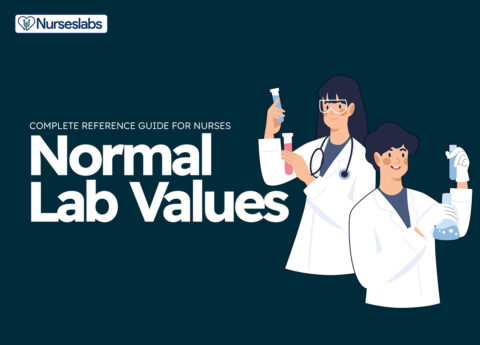
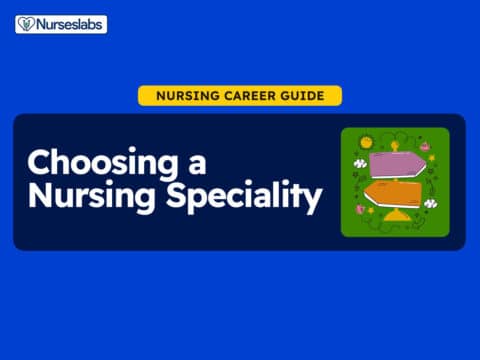
























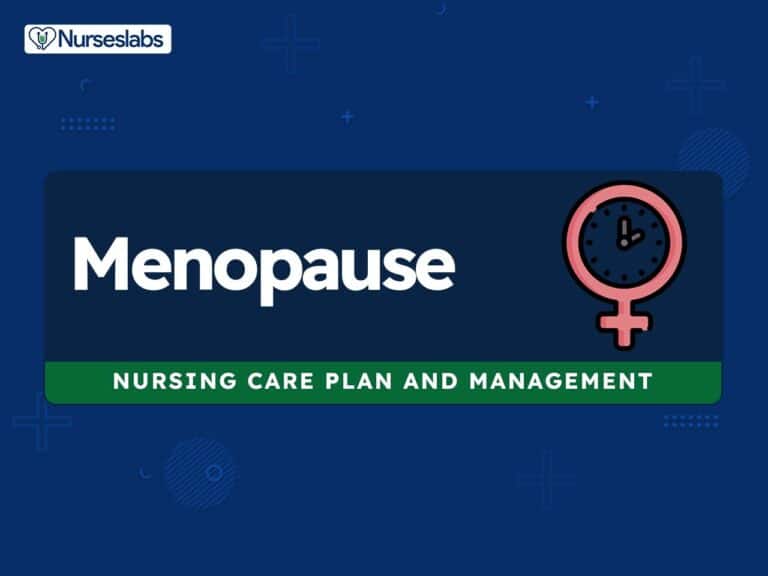

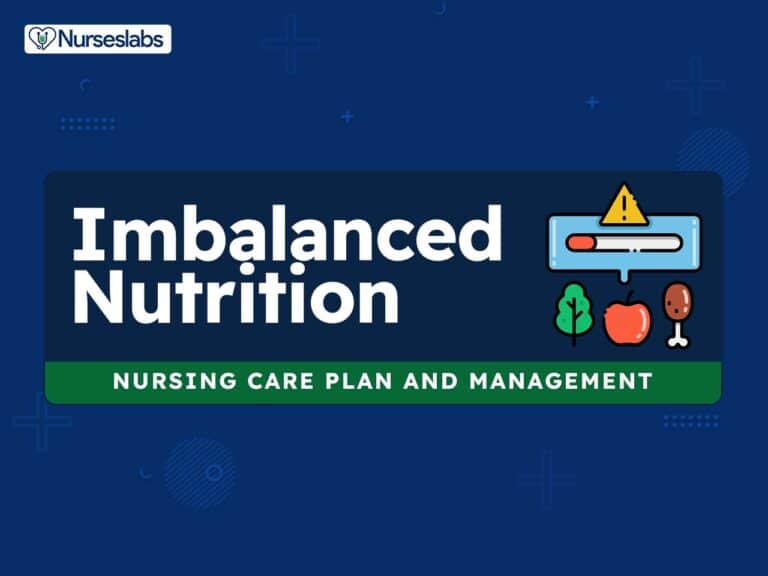
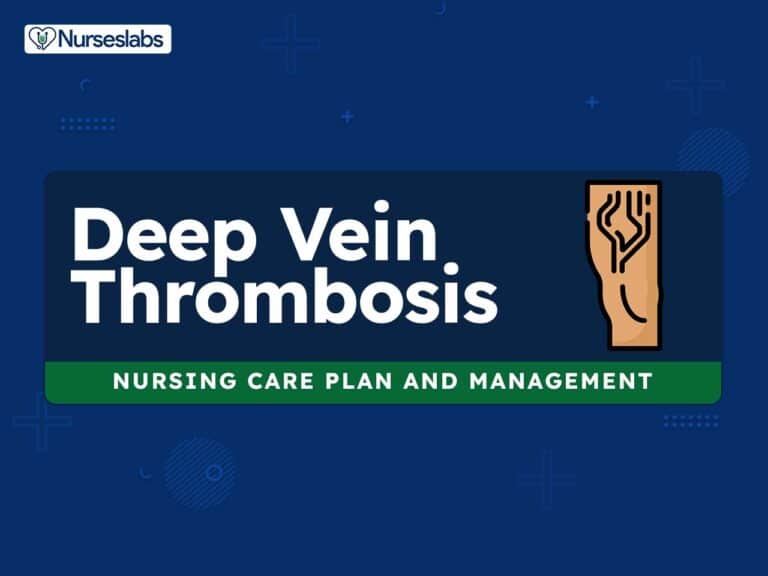
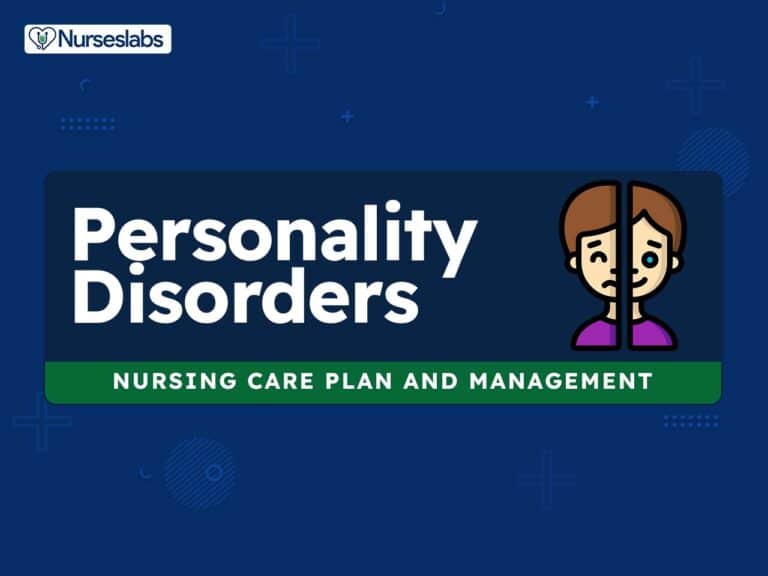
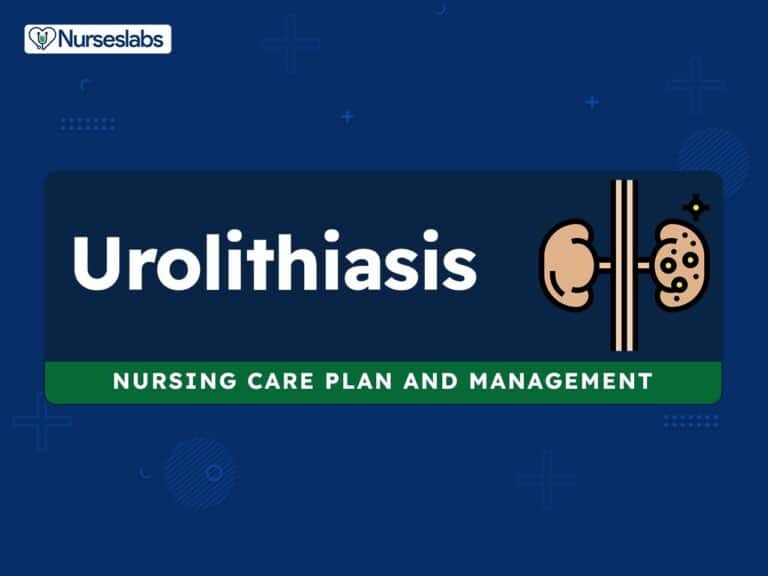
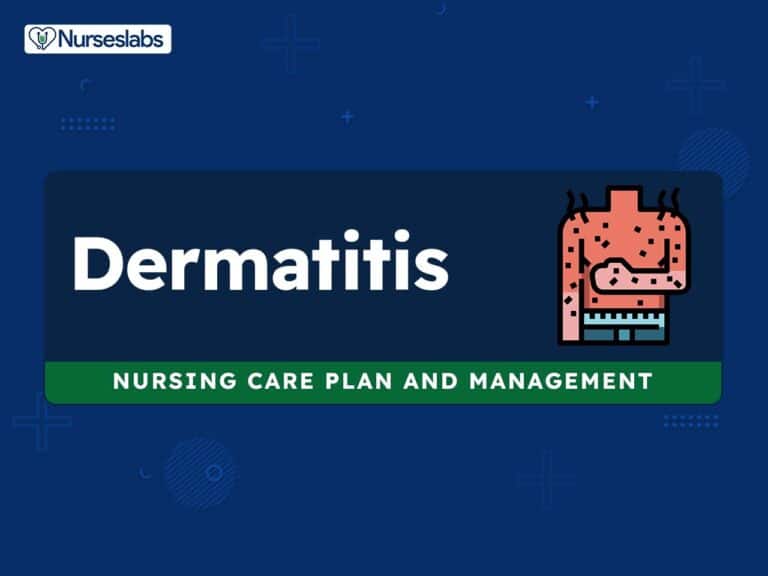
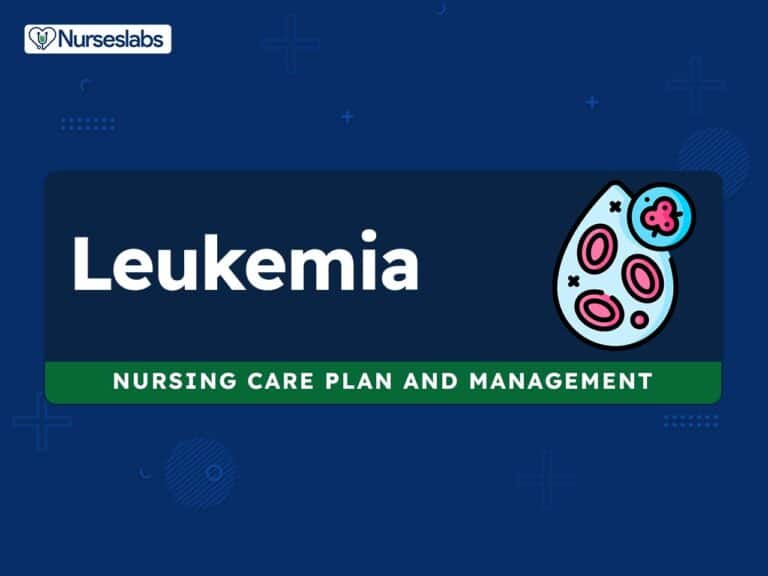
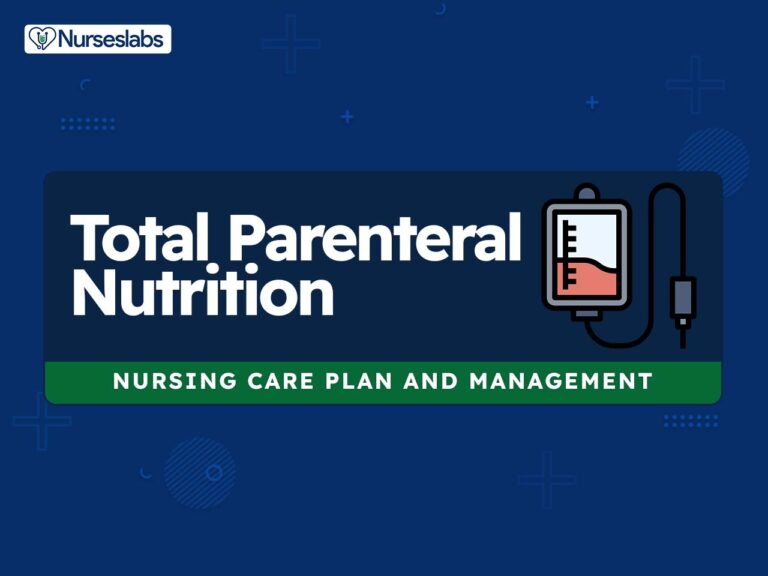
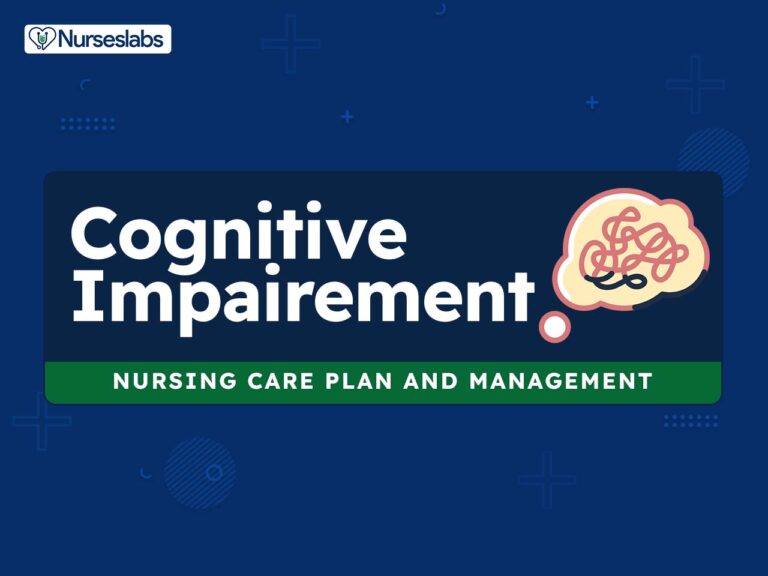
Leave a Comment